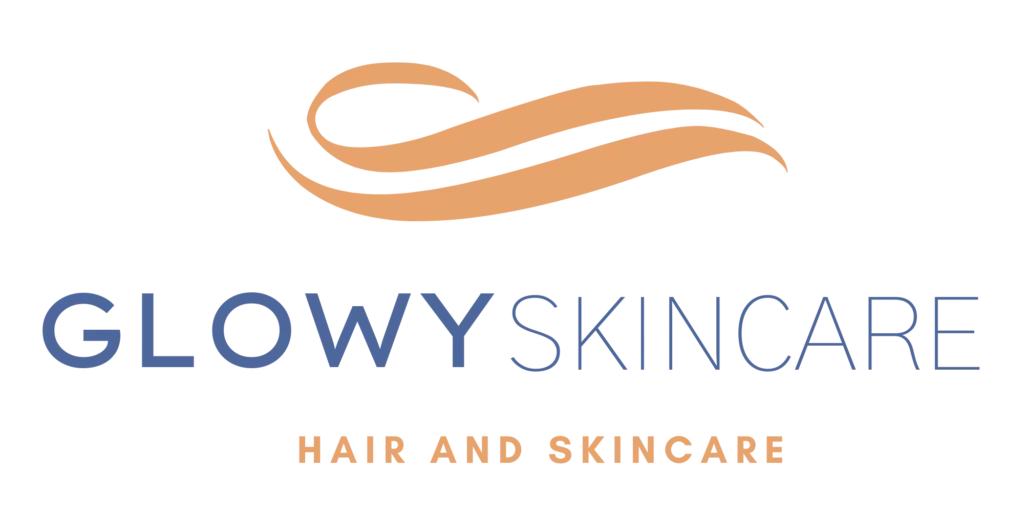Uncategorized
Is Shaving Pubic Hair Good? Exploring the Pros and Cons
In today’s society, grooming practices vary widely, and one area of debate revolves around the shaving of pubic hair, especially for females. While some individuals choose to remove their pubic hair regularly, others prefer to leave it untouched. But is shaving pubic hair good? Let’s delve into this topic to understand its purpose, benefits, drawbacks, and considerations.
I. Introduction
Pubic hair removal has been practiced for centuries, influenced by cultural, aesthetic, and personal preferences. In recent years, there has been a notable increase in the popularity of pubic hair grooming, particularly among women. However, the decision to shave or not to shave is deeply personal and can be influenced by various factors.
II. The Purpose of Pubic Hair
Pubic hair serves several biological purposes, including providing cushioning and protection for the delicate genital area. It helps regulate body temperature and may play a role in reducing friction during sexual activity. Additionally, pubic hair can trap pheromones, which are natural scents that may influence sexual attraction.
III. Cultural and Social Factors
Cultural norms and societal expectations greatly influence attitudes toward pubic hair grooming. In some cultures, pubic hair removal is considered a standard practice for both men and women, associated with notions of cleanliness and attractiveness. Conversely, in other cultures, natural body hair is embraced and celebrated.
IV. Pros and Cons of Shaving Pubic Hair
Pros:
- Aesthetic Preference: Many individuals prefer the look and feel of smooth skin after shaving.
- Hygiene: Some people believe that removing pubic hair reduces the risk of bacterial growth and unpleasant odors.
- Enhanced Sensation: Shaving may increase sensitivity during sexual activity.
Cons:
- Risk of Irritation: Shaving can cause razor burn, itching, and ingrown hairs, especially in the sensitive pubic area.
- Increased Risk of Infection: Removing pubic hair can leave tiny cuts or openings in the skin, potentially leading to infections.
- Regrowth Discomfort: As hair regrows, it may cause discomfort and itchiness, particularly during the stubble phase.
V. Health Considerations
When considering pubic hair removal, it’s essential to be aware of potential health risks. Shaving can increase the likelihood of skin irritation, cuts, and infections, especially if not done carefully. Individuals with certain medical conditions, such as diabetes or skin sensitivities, should exercise caution when shaving.
VI. Tips for Shaving Pubic Hair Safely
To minimize the risks associated with shaving pubic hair, follow these tips:
- Use a sharp razor: Dull blades can cause more irritation and cuts.
- Trim before shaving: Long hair can clog the razor and increase the risk of nicks.
- Use shaving cream or gel: Lubricate the skin to reduce friction and irritation.
- Shave in the direction of hair growth: This helps prevent ingrown hairs.
- Moisturize after shaving: Hydrate the skin to soothe irritation and promote healing.
VII. Alternatives to Shaving
For those who prefer not to shave, there are alternative methods of pubic hair removal, such as waxing, sugaring, depilatory creams, or laser hair removal. Each method has its own pros and cons, so individuals should choose based on their preferences and comfort level.
VIII. Personal Preferences and Comfort
Ultimately, the decision to shave pubic hair is a personal one that should be based on individual preferences, comfort, and lifestyle. There is no right or wrong answer, and everyone should feel empowered to make choices that align with their values and beliefs.
IX. Conclusion
In conclusion, the question of whether shaving pubic hair is good depends on individual perspectives and circumstances. While shaving may offer aesthetic benefits and personal preferences, it also carries potential risks and considerations. It’s essential to weigh the pros and cons carefully and prioritize safety and comfort above all else.
FAQs
-
Does shaving pubic hair make it grow back thicker?
- No, shaving does not change the thickness or texture of hair. It may appear thicker as it regrows because the blunt ends are more noticeable.
-
How often should I shave my pubic hair?
- The frequency of shaving is a personal choice and may vary depending on individual preferences and hair growth rates.
-
Can shaving pubic hair cause infections?
- Yes, shaving pubic hair can increase the risk of infections if not done properly. It’s essential to use clean razors and follow proper hygiene practices.
-
What should I do if I experience razor burn or irritation after shaving?
- If you experience razor burn or irritation, apply a soothing moisturizer or aloe vera gel to the affected area. Avoid shaving until the skin has healed.
-
Are there any long-term effects of frequent pubic hair removal?
- Frequent pubic hair removal methods like shaving or waxing may lead to skin irritation, ingrown hairs, or folliculitis over time. It’s essential to practice proper hygiene and skincare to minimize these risks.
